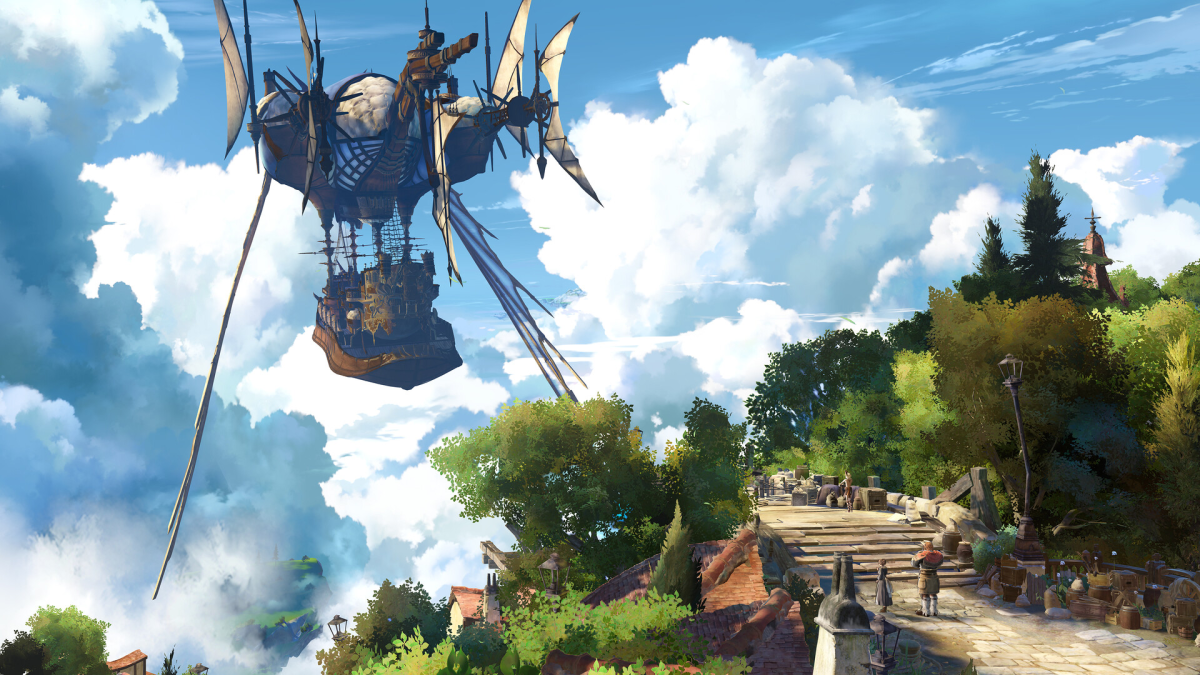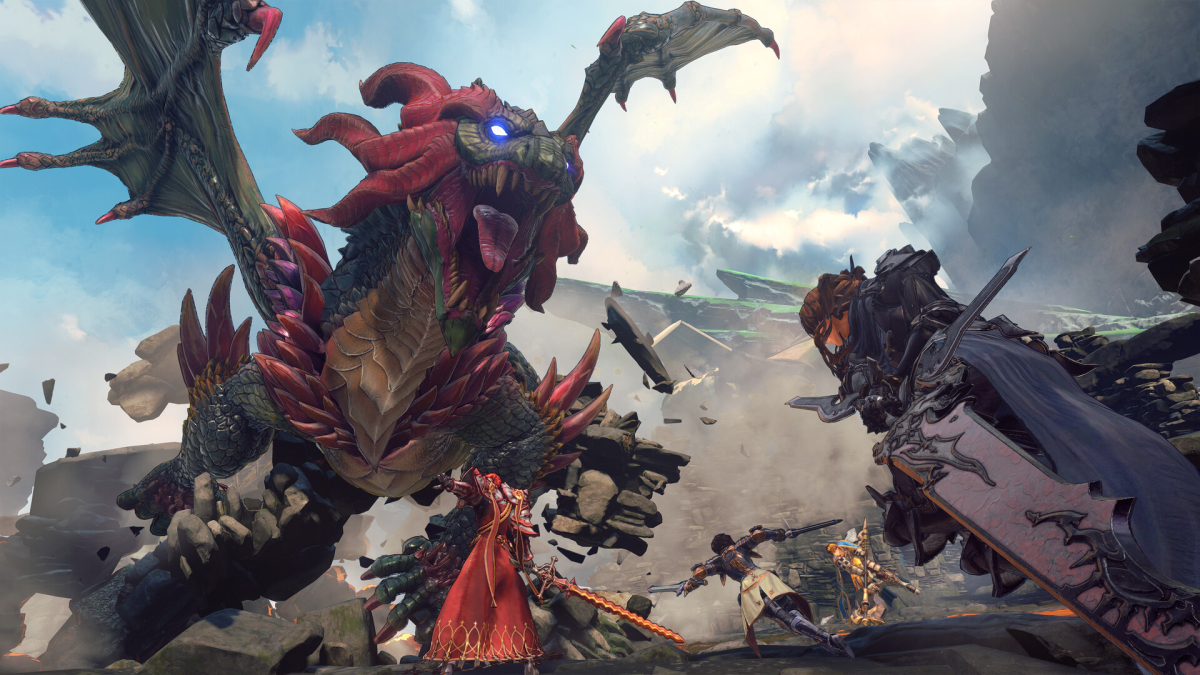Despite a tumultuous development period, the action-RPG Granblue Fantasy: Relink is close to release and going hands-on with it is encouraging. Featuring a story independent from the wildly popular mobile game, players assume the role of Gran or Djeeta as they explore several floating continents and seek to uncover the mystery behind Lyria’s broken link to the Primal Astrals.
Don’t worry if reading that didn’t make a lot of sense, as Relink actually has an in-game primer that will help players who’ve never touched Granblue Fantasy get up to speed. Which makes this game approachable to action-RPG players, as well as fans of the mobile game due to its varying difficulty modes and ability to grind out levels. Yes, this game is pretty much for everyone, but the portion I played made it feel as if that doesn’t come at the expense of its core experience.
Granblue Fantasy: Relink is a gorgeous game. Environments are bursting with color and character models feature texture work that makes them look very similar to their illustrated counterparts in Granblue Fantasy. Each environment has a unique feeling to it; verdant forests are awash in deep greens with streams of light filtering between branches, and mining settlements are appropriately dark and set with moody, atmospheric lighting. The town of Folca is especially gorgeous, with all the trappings of a quintessential fantasy village, tavern, blacksmith, and all, and is full of NPCs that wander the locale to make it seem incredibly lively and lived-in.
What impressed me during the preview was how heavily Granblue Fantasy: Relink leans into being an RPG. Characters have their individual skill trees, which are split into an “Offensive” and “Defensive” categories with passives and skills obtained through the acquisition of MP. While it didn’t seem as expansive as action-RPGs like Tales of Arise in this build, because of Relink‘s robust roster and unique attack styles for each character it felt like it could still get the job done and not be overwhelming. You can also upgrade and change weapons, while using Sigils to increase a character’s attack, reduce cooldowns for skills, and even make them more susceptible to attracting and holding the attention of enemies. There seems to be a lot of customization here so you can tailor your party around your style of play or assume a certain the role in multiplayer sessions.

I played as Siegfried, Lancelot, and Percival in a group multiplayer session and got a good taste of what you can expect from these missions. There a lot more characters in the roster that I didn’t try out, like Io or Katarina, but I was pleased at the amount of variety the game had to offer in terms of playable characters. (Especially when it comes to female characters, since recent action-RPGs like Final Fantasy XVI seemed to be bereft of them.) The first mission we set out on required us to kill waves of goblins, which we made short work of. Percival was especially good at this, since his attacks can bathe enemies in fire and many have a really wide reach, so running in and slashing away at enemies was extremely effective.
Our next fight involved us fighting a fearsome gryphon, which forced us to make use of our aerial attacks. I tried out Lancelot this time, which seemed to be a perfect fit since one of his skills actually allowed me to shoot crescents of ice at the enemy while it was airborne. He was also extremely mobile, which suited my playstyle really well. Once it came to our final quest I tested out Siegfried against a massive dragon that our group had to fell for a “Rank Up” quest. Like Percival, he was a lot heavier and more unwieldly than Lancelot, but he had decent gap closers and I found dodging and blocking on any character is extremely reactive. You also get benefits for perfect blocking and guarding, which rewards players with a temporary stat boost.
Enemies also have elemental weaknesses, which means some characters will be better than others in certain circumstances. But that doesn’t mean you need to specifically use those characters to take them down. So it seems you can pick whoever you want and play however you want according to your own playstyle. I ended up running through the story segment on “Action,” which is the standard difficulty of the game, and had no issue fighting hordes of goblins or the accompanying boss during its multiple phases. Much like Final Fantasy XVI (and Final Fantasy XIII), bosses have stagger bars which can be whittled down to break enemies so you can deal massive damage to them.

However, Relink felt rewarding during these sessions. Part of this is due to length of cooldowns, which are shorter so you can take full advantage of an enemy being staggered. There are also other tools at your disposal. These are Link Attacks and Chain Bursts. Link Attacks, when performed at 100% Link, provide beneficial buffs and slow down time, while Chain Bursts allow you to effectively use a character’s most powerful ability. These can be chained together to unleash devastating attacks, and taking advantage of these in more challenging fights are the key to success. Everything working together feels fantastic and extremely rewarding, and it felt like what I played only touches the surface of what Relink has to offer.
I honestly can’t wait for Granblue Fantasy: Relink to come out after trying it. The game is gorgeous, it plays well and has incredibly tight controls with unique character feel. It seems like it could be everything I want in an action-RPG, due to its layers of customization, expansive roster, and online and offline multiplayer components. This is definitely the game I’m most anticipating in 2024, and I feel both JRPG and action-RPG fans will want to keep an eye on.
Granblue Fantasy: Relink will come out worldwide for the PS4, PS5, and PC on February 1, 2024. A Deluxe Edition is available to purchase.


Published: Dec 7, 2023 09:00 am